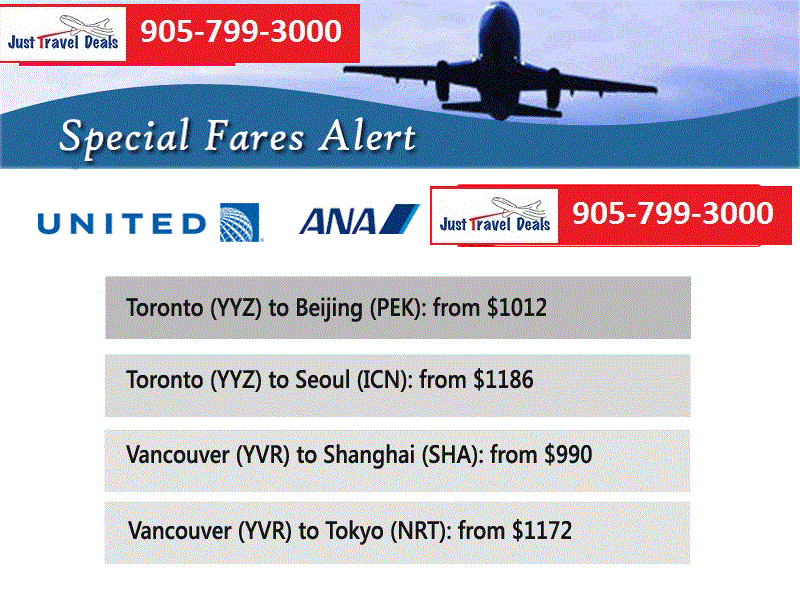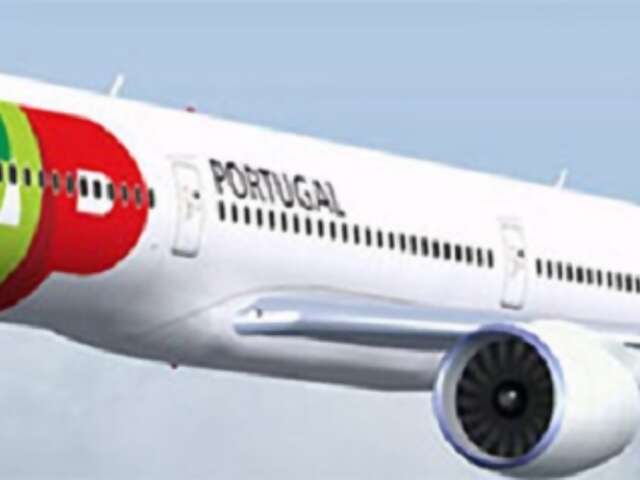WESTJET, LESSJET, MOREJET
WESTJET, LESSJET, MOREJET
Consider for a moment the 2016 performances of (arguably) the world’s two most successful low cost carriers: Southwest Airlines was founded in 1967, now flies to 101 destinations, employs 53,000 people (most of whom are unionized) and last year had its 44th consecutive year of profitability with a net income of US $2.24 ($3.07) billion on revenues of $20.4 ($27.9) billion, an average sector fare of $144 ($197) and an average load factor of 84 percent.
Ireland’s Ryanair was founded in 1984, now flies to 192 destinations, employs 11,500 and last year posted a net income of €1.56 ($2.34) billion on revenues of €6.53 ($9.8) billion. They flew 106 million passengers at an average fare of just €46.7 ($70) and with a truly incredible 95% average load factor.
Question - Apart from both being remarkably successful airlines, what else do these two carriers have in common?
Answer – Since their inception they’ve both operated a single aircraft type, the Boeing 737, only one class of service and have no codeshare, interline agreements or subsidiary brands.
So, with all the news coming out of Calgary of late, this begs the question - whatever happened to the WestJet that burst on the scene in 1996? At the time they were locked into the above script with a business model overtly borrowed from Southwest - and it worked. The expectation among Canadians was that they would always find a lower fare with WestJet than AC and it was usually fulfilled. But that was then - now things are very different. Look at just about any route where the two operate and, with few exceptions, the fares will be almost identical.
Aside from the interline agreements, codeshares and the resulting rise in costs and fares, WestJet’s biggest strategic departure from the Southwest one aircraft type playbook was probably the 2013 introduction of Encore.
One can only assume the rationale behind all the costs and distractions of setting up a subsidiary company and new brand was driven by the fact that the mother ship had no plans on ever moving back into the low cost/low fare space: It had moved on an was focused on business travellers, yield improvement and market share.
Next came the anomaly of a gaggle of aging Boeing 767’s, another pilot group and a very public plague of technical delays and cancellations – something to which ‘Westjetters’ were not at all accustomed.
Then, out of the blue, WestJet announced it was going to launch a third brand - a yet to be named, Ultra Low Cost Carrier (ULCC) - for now let’s call it ‘LessJet’. According to Mr. Saretsky, the unit will offer, “absolutely rock-bottom” entry fares and charge for products and services such as food, in-flight entertainment and carry-on luggage. Having already done the Southwest thing, this time he cited Ryanair as the business model they will follow, saying they will focus on leisure travel routes not served by WestJet “to avoid cannibalizing our own business”.
This week to add to the fun, WestJet announced an order with Boeing for 20, 787-9 Dreamliners valued at $5.4 billion, with the first delivery due in 2019. As Air Canada (which has 24 of them) and other 787 operators will attest the so-called Dreamliner is a great airplane. Passengers love it, as do airline CFO’s for its stingy seat mile costs.
What’s really interesting here though is that, configured with a lie-flat business class, premium-economy and regular-economy cabins, in addition to expanding their presence on the Atlantic, the new aircraft will facilitate WestJet’s entry into new long-haul markets in Asia and South America.
As Mr. Saretsky proclaimed, “We'll have three very distinct products that will address those three segments, from thrift to luxury, and all within an appropriate cost structure.”
Or putting that another way, the WestJet umbrella will soon encompass a, ‘A Full Service, Former Low Cost Carrier’, a ‘Slightly Lower Cost Carrier’ and an ‘Ultra Low Cost Carrier’ with three independent employee groups and three aircraft types. If timing is everything, it should also be noted that all this is happening as the company faces another pilot union drive, with voting soon to begin on whether to join the Air Line Pilots Association.
WestJet is a good airline and over the years it has done very well by its investors. The comparatively limited size of the Canadian marketplace makes it unfair to suggest that they could ever emulate anything like the scale of Southwest and Ryanair’s successes. By the same token, one has to ask if the country really needs a three-class, Air Canada clone and can it suddenly support two of them? CP was once a good airline too!
What Canada is crying out for is a true ULCC that comes to market unencumbered by family loyalties. How successfully can a ‘LessJet’ subsidiary serve the best interests of the travelling public if it can only ever operate on secondary, tertiary and leisure routes where it doesn’t risk ‘cannibalizing’ the current high fares offered by WestJet and, by extension, Air Canada?
Or could this simply be a last ditch shot across the bows of the two bona fide ULCC’s that are readying themselves for a market entry?
What a business this is: It certainly never gets boring!









